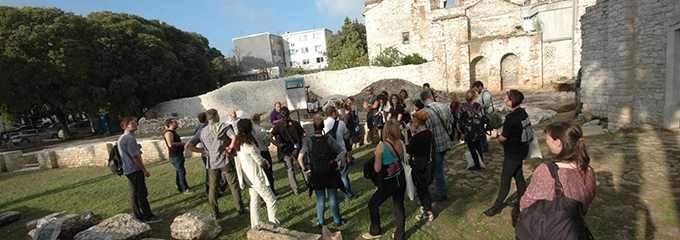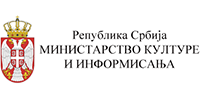
Events
SEE Mosaics V 2019 SEE Mosaics IV 2017 SEE Mosaics III 2016 SEE Mosaics II 2013 Meeting of the survey team 2011SEE Mosaics IV 2017
The fourth international expert conference for the protection of mosaic heritage of Southeast Europe – SEE Mosaics IV “Presentation of Detached Mosaics on Movable Supports” was held from 2nd to 6th October 2017 in Pula, Croatia. It was organized by the Croatian Conservation Institute, Central Institute for Conservation in Belgrade, Archaeological Museum of Istria and supported by the Central European Initiative – CEI. The conference was held at the Croatian Chamber of Commerce – Regional Chamber Pula and consisted of professional lectures, an exhibition of posters and tours of mosaic sites in Pula and the Euphrasian Basilica in Poreč.
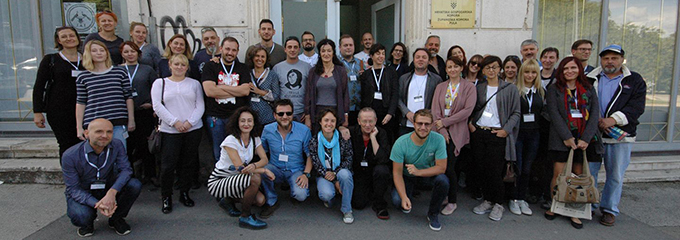
Fifty two colleagues from 11 countries participated in the conference. Lectures and presentations were delivered by professionals from Austria, Bosnia and Herzegovina, Bulgaria, Croatia, France, Greece, Hungary, Italy, North Macedonia, Montenegro, Serbia, Slovenia and USA.
To view complete list of participants, click here.
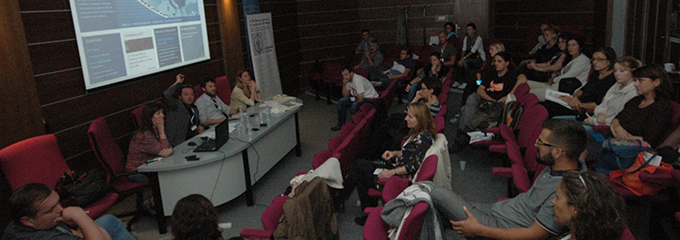
Participants discussed the problems of conservation-restoration techniques and past and present solutions in working with detached mosaics, as well as the challenges of presenting and caring for detached mosaics on movable supports.
To view workshop programme, click here.
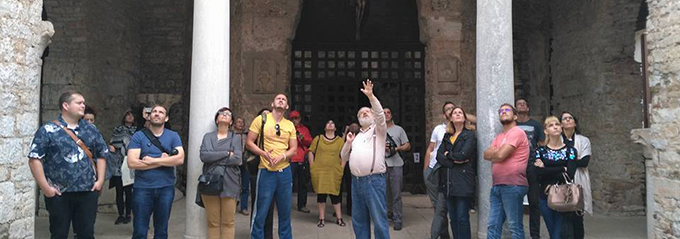
Conclusions
- Mosaic conservation-restoration on honeycomb support is well mastered and commonly used practice not only for restoration of mosaics in museums, but often for mosaics on archaeological sites.
- Reversibility or re-treatability is always well considered in conservation planning.
- Mosaic lifting is not always completely justified – it is a long-lasting practice in the region, dating from the beginning of the 20th century; decision to detach nowadays is made for various reasons, often without consulting conservators-restorers and without making in depth inquiry on how to avoid it.
- There is certain insecurity regarding possibilities to preserve deteriorated bedding layers in mosaics and to restore mosaics in situ (worries include sudden decay of material due to changes in stable conditions in which the mosaic was found before excavation, influence of climate, selection of conservation materials and sustainability of implemented interventions, site management after the intervention (the tendency of the authorities to one-time financing of extensive conservation projects without long-term planning of maintenance, unsustainable conservation in situ due to irregular maintenance and preventive conservation activities caused by the absence of regular annual financing).
- Often, there is no planning prior to lifting on how and where to expose detached mosaics.
- Mosaics in museums are rarely exposed on the floor, even more rarely with reconstructed archaeological context, usually due to the lack of space; for the same reason many restored mosaics are not presented at all.
- Conservators-restorers often feel unable to influence decision makers regarding conservation policies and would appreciate support of professional organizations or other professional bodies.
